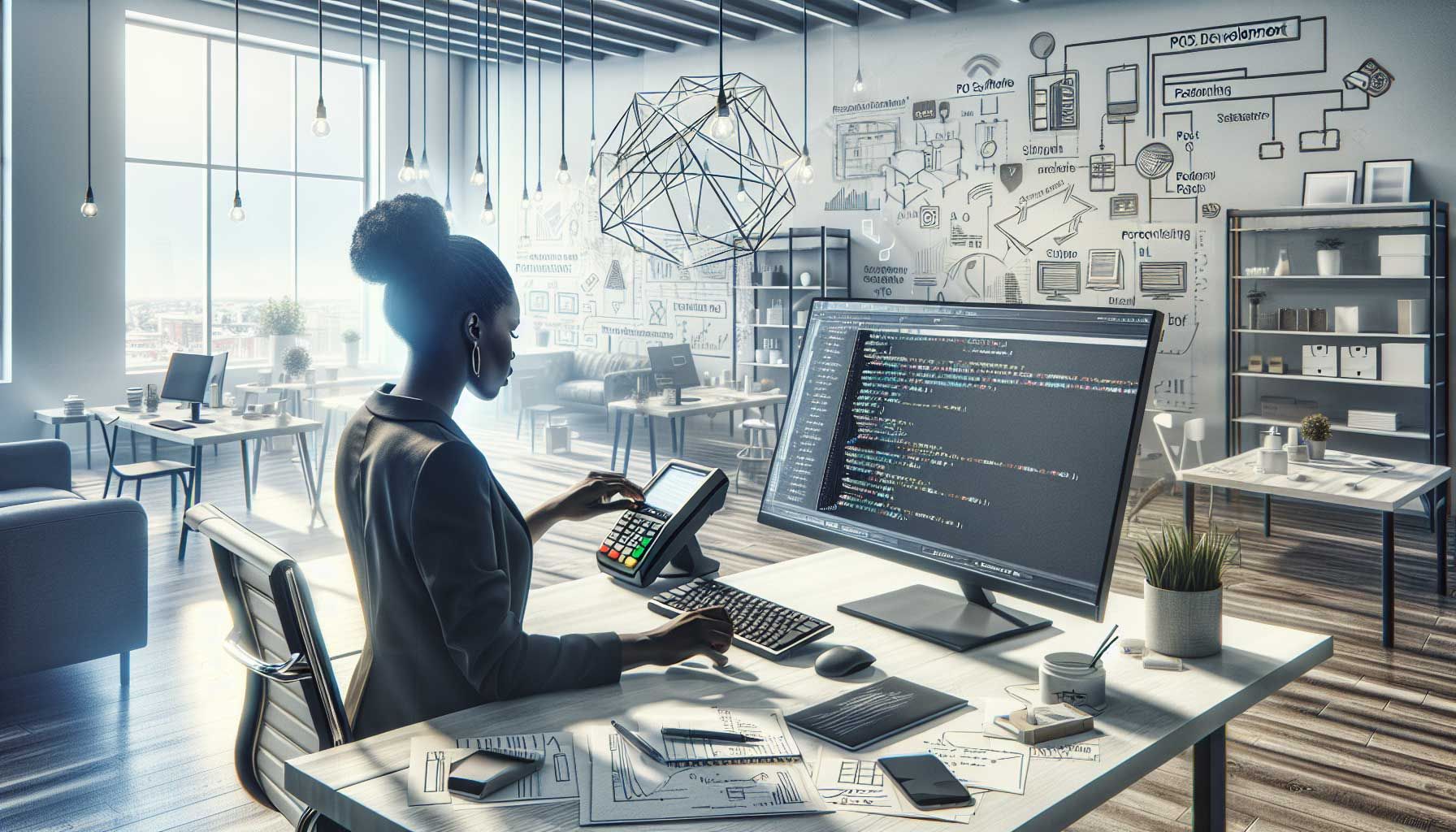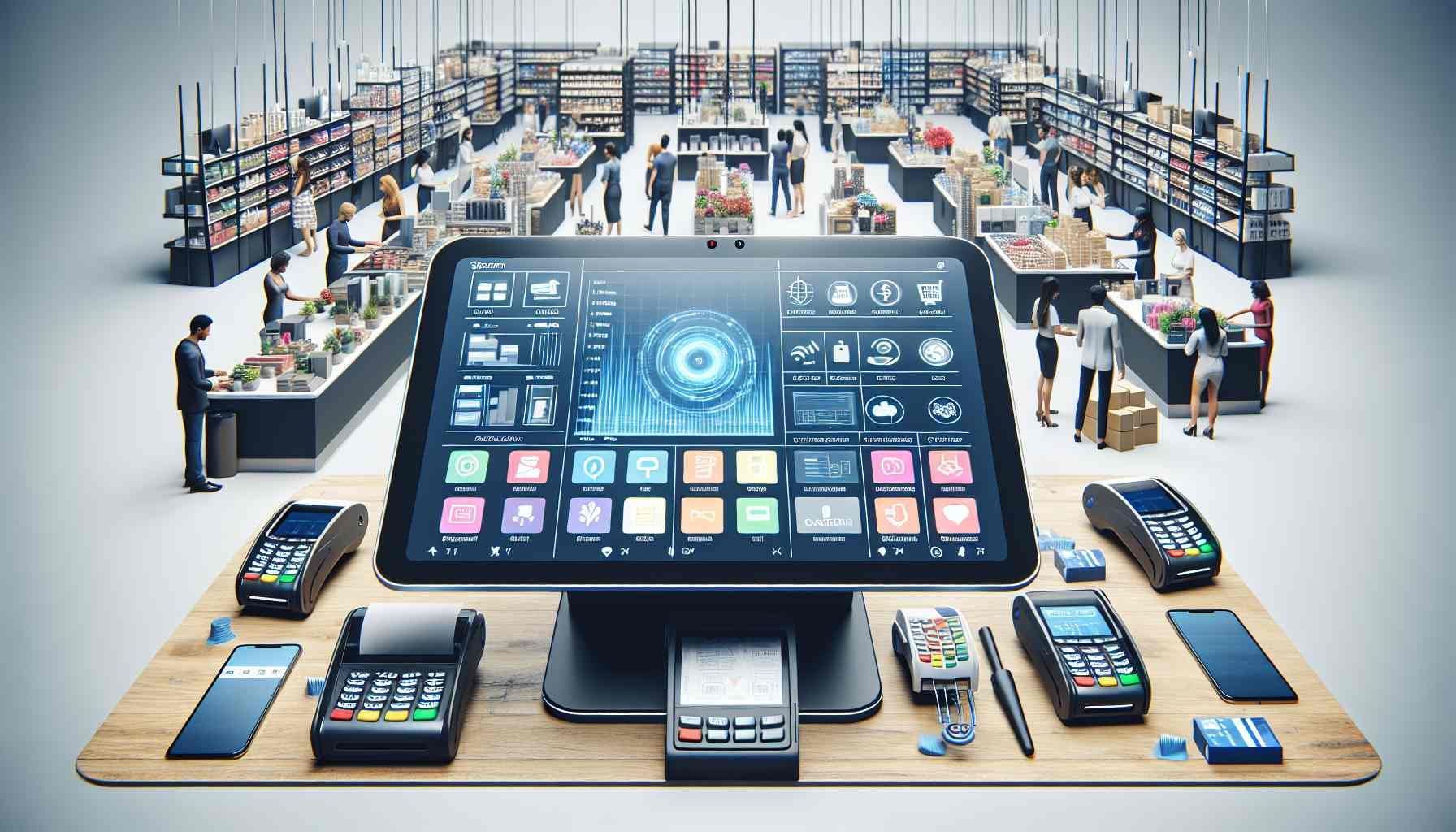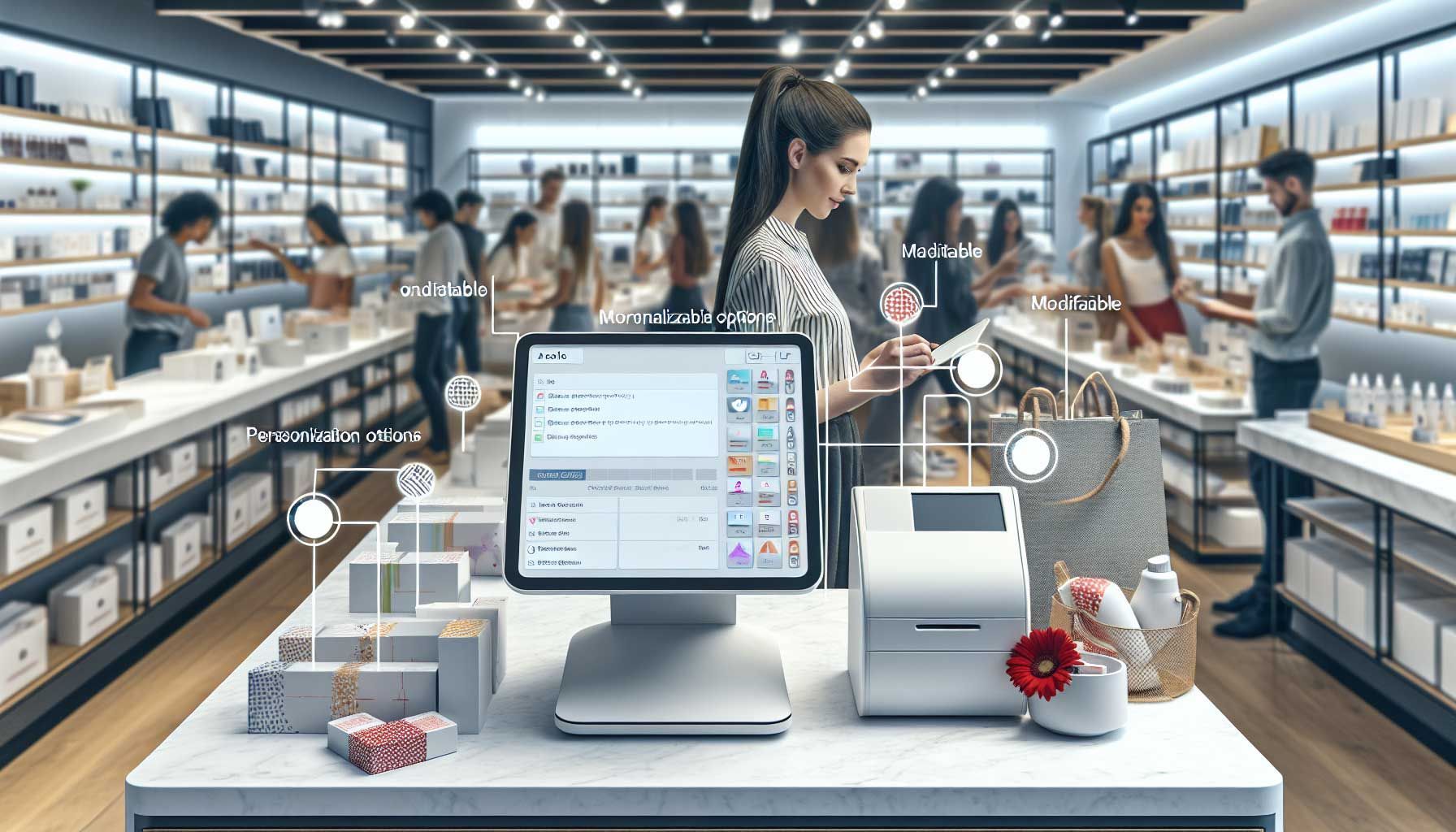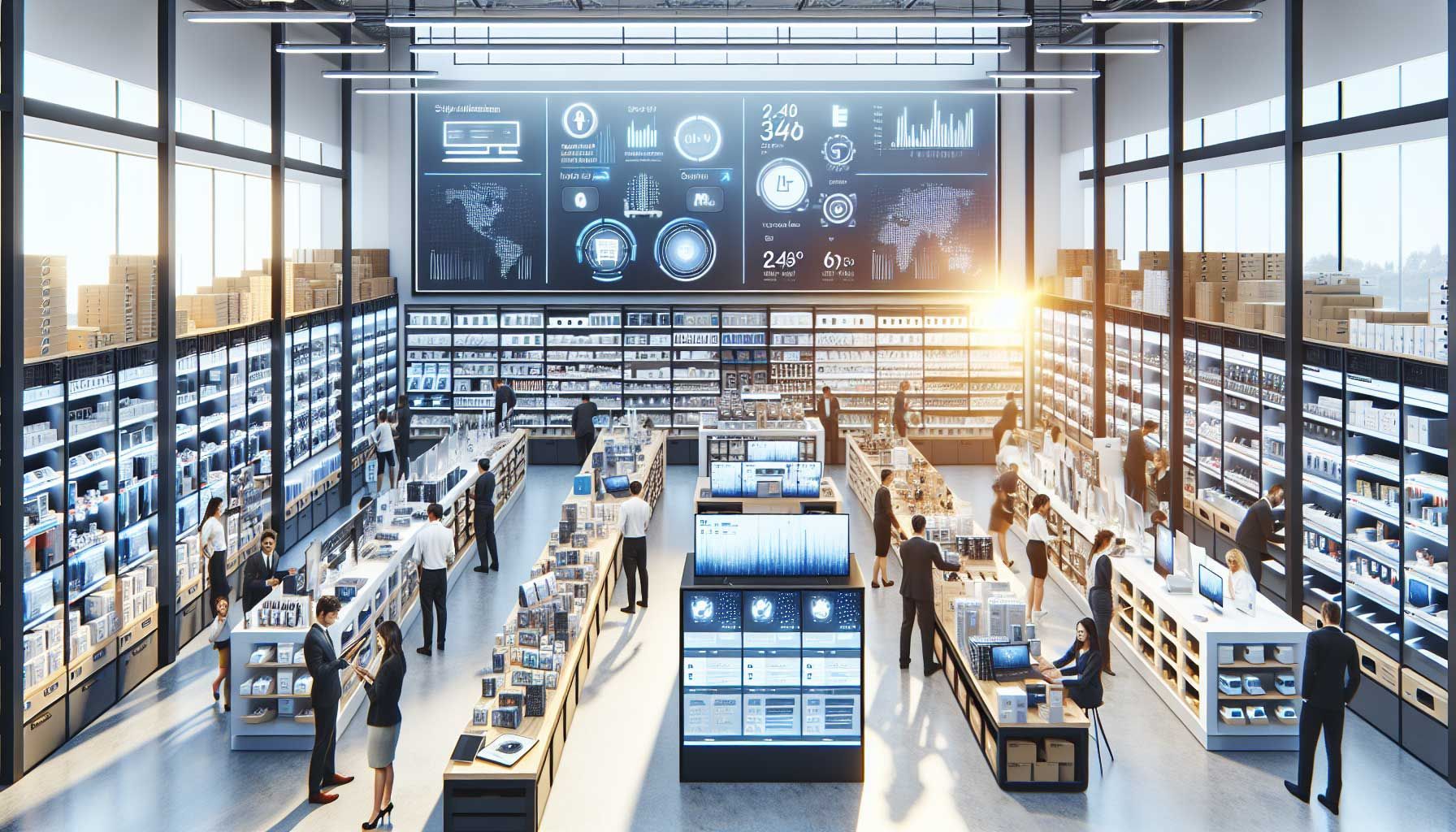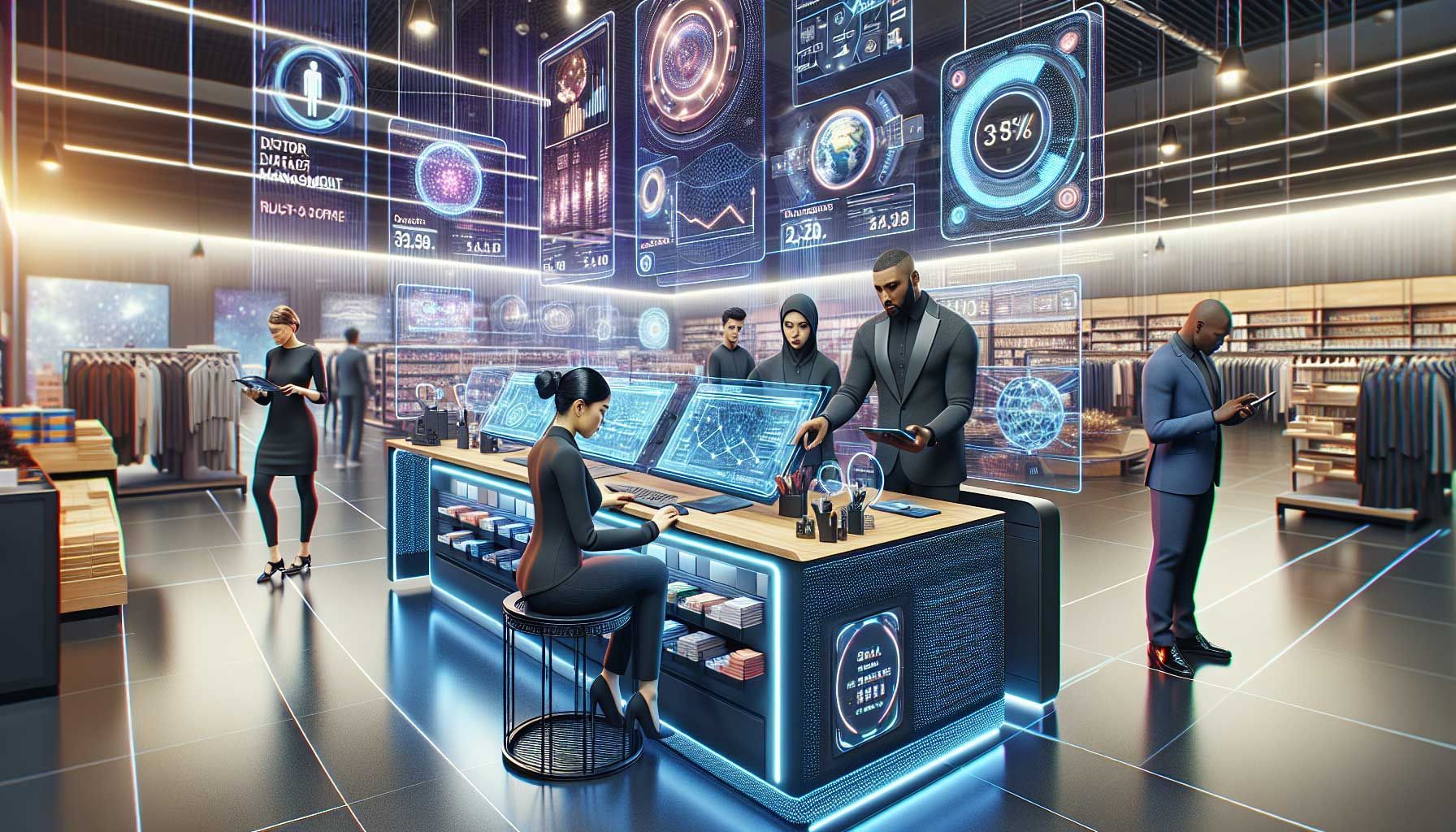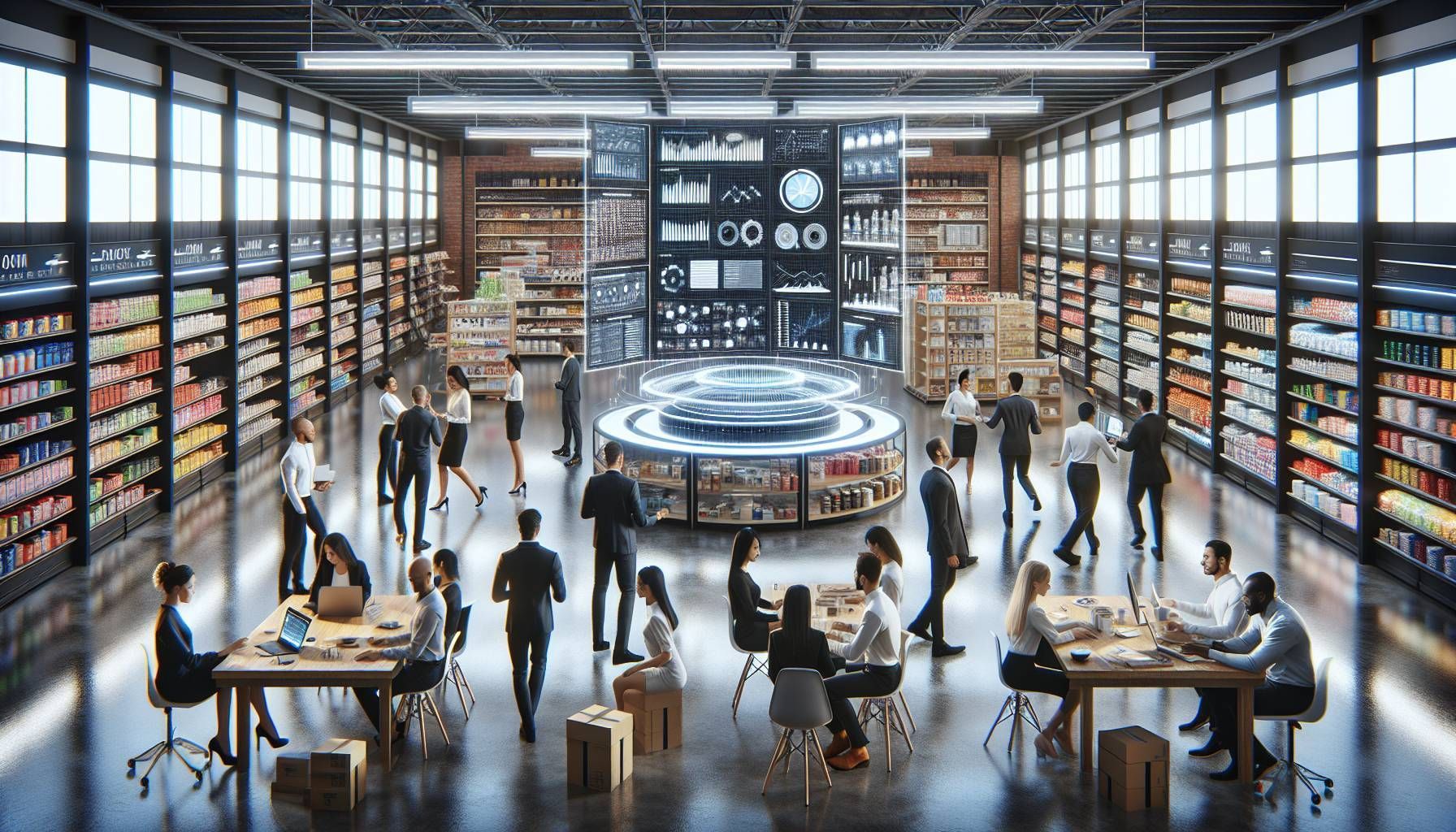How to Bring Your Retail Processes Together to Thrive in Business
The importance of retail processes integration
The retail landscape is constantly changing and evolving, and in order to thrive, businesses need to be able to adapt quickly. One of the best ways to do this is by integrating your retail processes.
Integrated retail processes can help improve customer experience, supply chain efficiency, and overall agility and flexibility. In this blog post, we'll walk you through everything you need to know about retail process integration, including how to get started and the benefits of doing so.
Defining Retail Integration
Retail integration is the process of unifying all aspects of a company's operations in order to create a streamlined, cohesive whole. This can be achieved through the use of technology, process improvement techniques, or both.
The goal of retail integration is to make every aspect of the company's operations work together seamlessly in order to provide the best possible experience for customers and to increase efficiency and profitability.
Some common examples of retail integration would be integrating point-of-sale systems with inventory management systems and the retail webshop, or using customer relationship management (CRM) software to track customer purchase history and preferences.
Ready to integrate all retail operations? Implement the solution of Retailgear and connect all your industry processes in one system.
The benefits of retail integration
There are many potential benefits that can be gained from integrating all aspects of a company's operations, including:
Improved customer experience
When all aspects of a company's operations are working together seamlessly, it can lead to a better overall experience for customers. This, in turn, can lead to increased customer loyalty and repeat business.
Enhanced supply chain efficiency
By integrating all parts of the supply chain, from suppliers through to final delivery to customers, companies can achieve greater efficiencies and cost savings. In addition, it can help to avoid disruptions caused by communication breakdowns or other issues.
Increased agility and flexibility
An integrated operation is often more agile and flexible than one that is not integrated because changes can be made more quickly and easily across all systems. This can be a major advantage when responding to rapidly changing market conditions or customer needs.

Ready to integrate all retail operations? Implement the solution of Retailgear and connect all your industry processes in one system.
What are retail processes?
Before we dive in how to integrate retail processes, we will define the different workflows. What do we mean by Retail Operations?
- Supply chain management process
- Cash operations process
- Customer service
- Order fulfillment
- Marketing & Sales process
Supply chain management process
The first step in any retail process is supply chain management. This is the process of ensuring that all the necessary materials and products are delivered to the retail location in a timely and efficient manner. This includes managing relationships with suppliers, purchasing and booking products, and overseeing the logistics of transportation.
An effective supply chain management process is crucial for any retail business, as it can help to ensure that inventory levels are maintained, costs are controlled, and customer satisfaction is high.
Building a relationship with suppliers
In order to streamline your supply chain and bring your retail processes together, it is important to first focus on supplier collaboration. This means creating and maintaining strong relationships with the suppliers who provide the products or materials that you sell in your store.
There are a few key things that you can do to manage your supplier relationships effectively:
- Give your supplier insight into stock and sales levels
- Set up regular meetings with your suppliers to discuss performance and any issues that have arisen.
- Make sure you communicate your expectations clearly and give feedback regularly.
- Be proactive about identifying potential problems and work with your suppliers to find solutions.
- Reward good performance with positive reviews and continued business.
Purchasing & booking products
After you have established strong relationships with your suppliers, the next step is to focus on purchasing and booking products. This part of the process is all about ensuring that you have the right products in stock at all times, without overordering or underordering.
To do this effectively, you will need to develop a system for tracking inventory levels and forecasting future demand. This can be done manually or through the use of wholesale integration. Once you have this information, you can place orders with your suppliers based on anticipated needs. It is also important to consider lead times when placing orders, as this will impact how much safety stock you need to keep on hand in case of unexpected delays.

Cash operations process
Another important aspect of running a successful retail business is effective cash management. This includes ensuring that all financial transactions are accurately recorded, tracking incoming and outgoing cash flow, and keeping up with bookkeeping and accounting duties.
In any business, but especially in retail, it is critical to have a handle on your cash flow. This means knowing how much money is coming in and going out on a daily basis. Retail businesses have to deal with a lot of small transactions, so it is important to have a efficient way to track and manage them. An efficient cash management system is essential for any retailer in order to maintain accurate records, control costs, and avoid any potential financial pitfalls. There are many software options available that can help with this, but it is mainly important to see how well it integrates with other systems.
One of the benefits of integrating your cash operations into a larger retail management system is that you can get a real-time view of your sales and inventory. This can help you make more informed decisions about where to invest your money and how to price your products. It can also help you spot trends and opportunities that you might otherwise miss.
Another benefit is that it can save you time and money by streamlining your accounting processes. When all of your data is in one place, it is easier to generate accurate financial reports. This can save you from having to hire extra staff or outsource your accounting.
Bookkeeping integration
A key part of effective cash operations is bookkeeping integration. This means having all of your financial data in one place so that you can see where every penny is going. This can be achieved through using accounting software that integrates with your retail management system.
There are many benefits to bookkeeping integration, including reducing errors, saving time, and improving decision-making. Having all of your data in one place makes it easier to spot mistakes and correct them quickly. It also saves you from having to enter data manually into multiple systems, which can be both time-consuming and prone to error.
When everything is integrated, you have a complete picture of your finances at your fingertips which makes it easier to identify areas where you could be saving money or making better decisions about spending.
Customer service
Providing excellent customer service is also critical for retail businesses. This involves creating a positive shopping experience for customers, handling customer inquiries and complaints effectively, and providing after-sales support when needed. A recent study found that 71% of customers would take their business elsewhere if they had a bad experience. This means that retailers need to focus on providing excellent customer service in order to keep their customers happy and loyal.
Ensuring that customers have a positive experience at your store can help to build loyalty and repeat business, so it’s important to invest time and resources into developing a strong customer service strategy. There are a few key things that retailers need to keep in mind when it comes to customer service. First, it is important to make sure that customers feel valued and appreciated. This can be done by offering them personalized service and attention. Secondly, it is important to resolve any issues or problems that the customer may have as quickly as possible. Finally, it is important to follow up with the customer after their purchase to ensure they are satisfied with their purchase.
Customer service Integration with other software
In today's world, technology plays a big role in customer service. There are a variety of different software programs that can help retailers provide better customer service. For example, there are CRM (customer relationship management) programs that can help retailers track and manage their relationships with their customers. There are also live chat programs that allow retailers to communicate with their customers in real-time. These programs can be very helpful in resolving any issues or concerns that the customer may have.

Order fulfillment
Another important process in retail is order fulfillment. This refers to the process of receiving orders from customers (whether online or in-person), picking and packing the items for shipment, and then shipping them out in a timely manner.
fulfilling orders promptly and efficiently can help to improve customer satisfaction levels, so it’s important to invest in good order fulfillment software solutions that can automate some of the tasks involved.
Order fulfillment process for retail shops
In a retail setting, product orders come from many different sources: direct customers, other retailers, distributors, etc. An order management system (OMS) is critical to managing these sales orders and ensuring that the correct products are picked, packed, and shipped to the customer in a timely manner.
There are several factors to consider when choosing an OMS for your business, including:
- The type of products you sell (e.g., fashion vs. home goods)
- The number of SKUs you carry
- The average order value
- The shipping methods you offer (e.g., ground vs. expedited)
- Your return policy
- Your company's growth plans
Once you have selected an OMS that meets your needs, you will need to integrate it with your other business systems, such as your accounting software and eCommerce platform. This will ensure that data is seamlessly shared between all systems and that orders can be processed efficiently.
Marketing & Sales process
Finally, retail businesses also need to have an effective marketing and sales process in place. This includes identifying your target market, creating marketing campaigns that resonate with them, and then making the sale in a way that is convenient for the customer.
An effective marketing and sales process can help to increase brand awareness, drive traffic to your store, and boost sales.
In-store presentation and sales
In addition to online sales, many retail businesses also have a brick-and-mortar presence. For these businesses, it is important to ensure that products are properly displayed and priced in store so that customers can easily find what they are looking for and make purchases.
An effective way to do this is to use shelf tags with barcodes that can be scanned at the point of sale (POS). Shelf tags can be created using a variety of software programs and printed on standard printer paper or labels. Once printed, the tags can be affixed to shelves next to the corresponding products.
When a customer makes a purchase in store, the POS system will scan the barcodes on the shelf tags to identify the products being purchased and process the transaction accordingly. This information can then be sent back to your inventory management system (IMS) so that stock levels can be updated in real-time.
Shelf tagging is a simple but effective way to streamline in-store operations and ensure that products are properly presented to customers. By integrating your POS system with your IMS, you can also ensure that inventory is accurately tracked and updated, providing valuable insights into sales patterns and product demand.
Stay connected through email and Social Media
The first step to an effective marketing and sales strategy is understanding who your customers are. This means segmenting your customer base and understanding their individual needs and wants. By doing this, you can create targeted marketing campaigns that are more likely to resonate with each segment. Additionally, you'll be able to better understand what motivates them to make a purchase so that you can adjust your sales pitch accordingly.
Once you know who your customers are, it's important to stay connected with them. This can be done through various channels such as email, social media, or even SMS messaging. By staying in touch, you'll be top of mind when they're ready to make a purchase. Additionally, you can use these channels to share special offers or promotions which can further incentivize them to buy from you.
Create multiple contact moments
It's not enough to simply have a presence on multiple channels - you also need to create multiple contact points with your potential customers. This means having a strong call-to-action on all of your marketing materials (such as emails, social media posts, etc.) that drives them towards your website or brick-and-mortar store. Once they're there, it's important to provide an excellent experience so that they're encouraged to come back again in the future.
Surprise the customer
Finally, one way to stand out from the competition is by surprising and delighting your customers at every opportunity. This could mean going above and beyond with their order, sending them a handwritten thank-you note, or giving them a discount on their next purchase. Small gestures like these can go a long way in building loyalty and making sure that they continue doing business with you for years to come.
Ready to integrate all retail operations? Implement the solution of Retailgear and connect all your industry processes in one system.
How to Integrate Your Retail Processes
In order to integrate your retail processes, you first need to understand what they are and how they work in your business. Take some time to map out each process, including all the steps involved and who is responsible for each one. This will give you a clear picture of where there are potential improvements that could be made by integrating different software solutions.
Identify which processes to integrate
Once you have a good understanding of your retail processes, you can start to identify which ones would benefit from being integrated with other software solutions. Perhaps your customer service process could be streamlined by integrating it with your order fulfillment process. Or maybe your marketing and sales process could be more effective if it was connected with your supply chain management process.
Invest in retail integration solutions
There are many different software solutions available that can help you to integrate your retail processes. Do some research to find the ones that best fit your needs and budget. Once you have invested in the right tools, you will be well on your way to streamlining your operations and improving your bottom line. For example, with Retailgear you can bring all processes together.
The benefits of an integrated retail strategy
An integrated retail strategy leads to a better customer experience in several ways. First, customers can buy the products they want, when and where they want them. Second, an integrated retail strategy provides a single view of the customer, so businesses can provide personalized service and recommendations. Finally, an integrated retail strategy helps businesses keep track of customer interactions and preferences, so they can provide a more seamless experience.
Enhanced supply chain efficiency
An integrated retail strategy also enhances supply chain efficiency. By integrating different parts of the supply chain, businesses can avoid duplication of effort and maximize efficiencies. For example, if inventory data is shared between the store and warehouse, businesses can avoid overstocking or understocking products. In addition, an integrated retail strategy can help businesses manage their inventory levels more effectively, so they can respond quickly to changes in demand.
Increased agility and flexibility
Finally, an integrated retail strategy leads to increased agility and flexibility for businesses. With an integrated approach, businesses can quickly adapt to changes in the marketplace and meet customer needs in a timely manner. In addition, by sharing data across different parts of the organization, businesses can make faster decisions and take advantage of opportunities as they arise.
Conclusion
If you want to thrive in business, it's essential to bring your retail processes together and invest in your retail industry integration solution. By doing so, you'll enjoy improved customer experience, enhanced supply chain efficiency, and increased agility and flexibility. So don't delay - take action today to integrate your retail processes and reap the rewards!

Bring your shop to the next level
Hi, I'm George and I like retail and technology. Therefore, my passion here at Retailgear.com is to provide you with reliable information to automate and digitize your store. You can find out what we can do for your industry through our menu. Also, feel free to check out this updated list of retail tools.
Get inspiration in your inbox to get more sales and store visitors with less effort.
Contact Us
Thank you for subscribing to our newsletter!
Please try again later.
More about your favorite subject
Discover latest posts
You can use, change and resell our complete solution whitelabel.
© 2022 All Rights Reserved by Retailgear
© 2024 All Rights Reserved by Retailgear | Terms and Conditions



